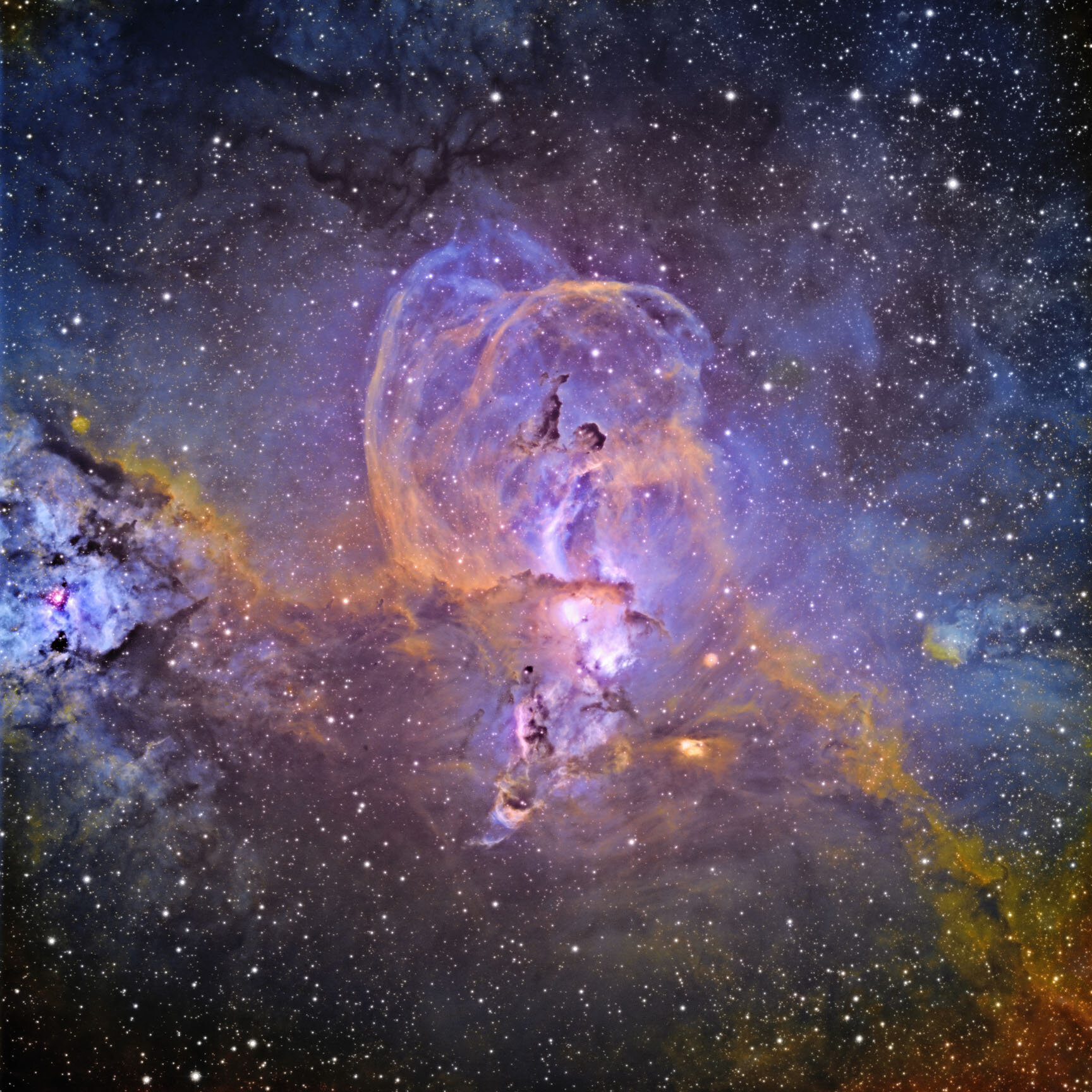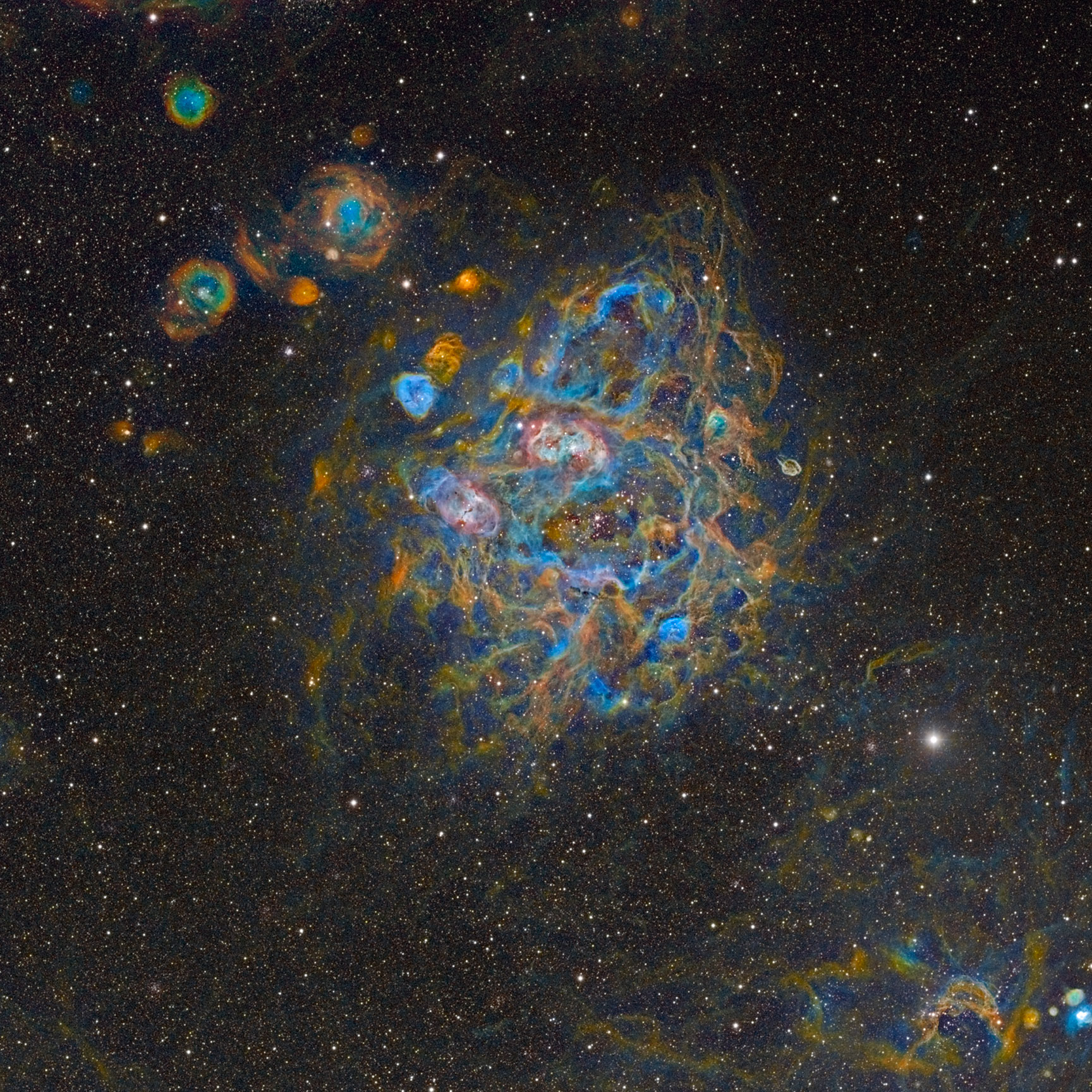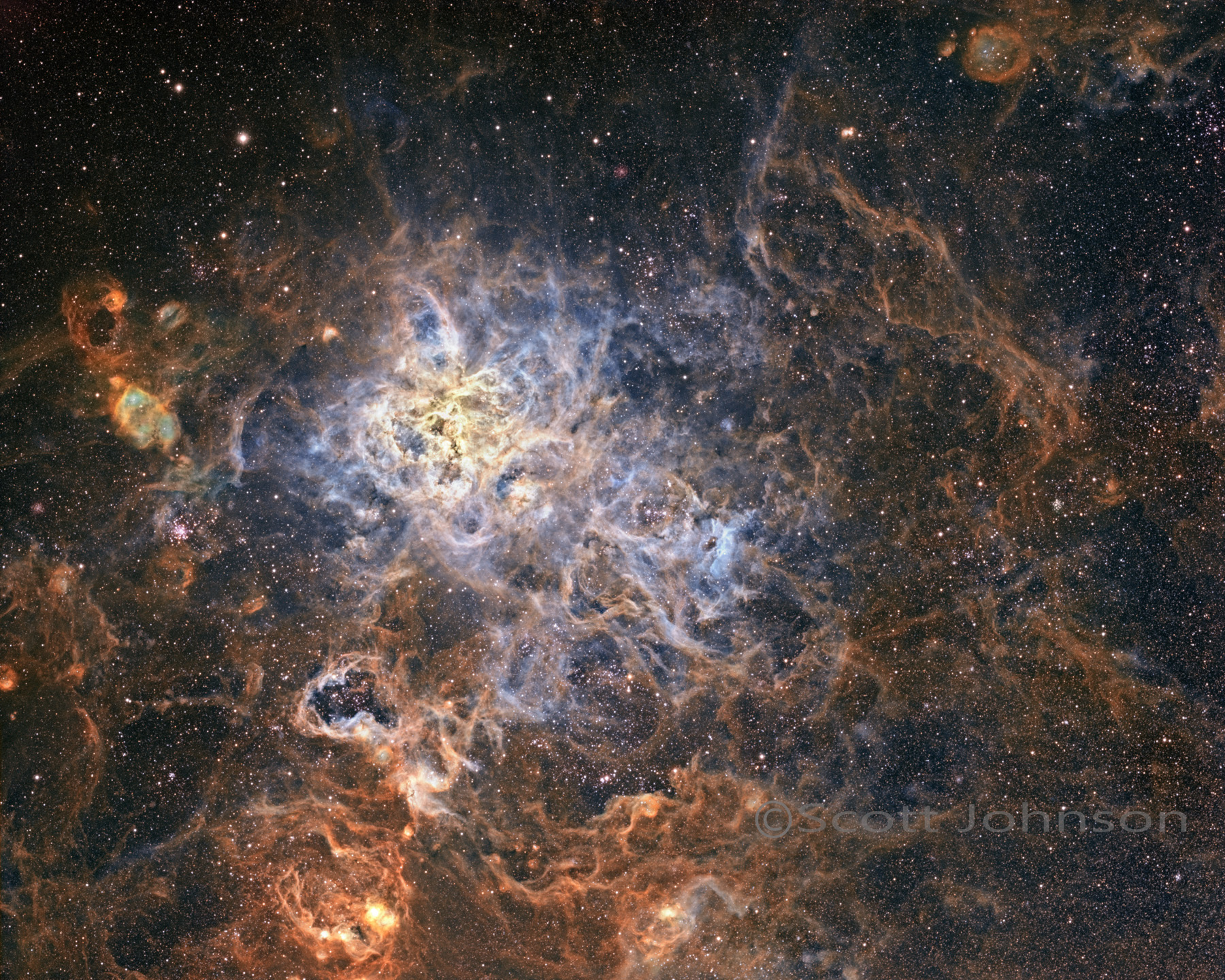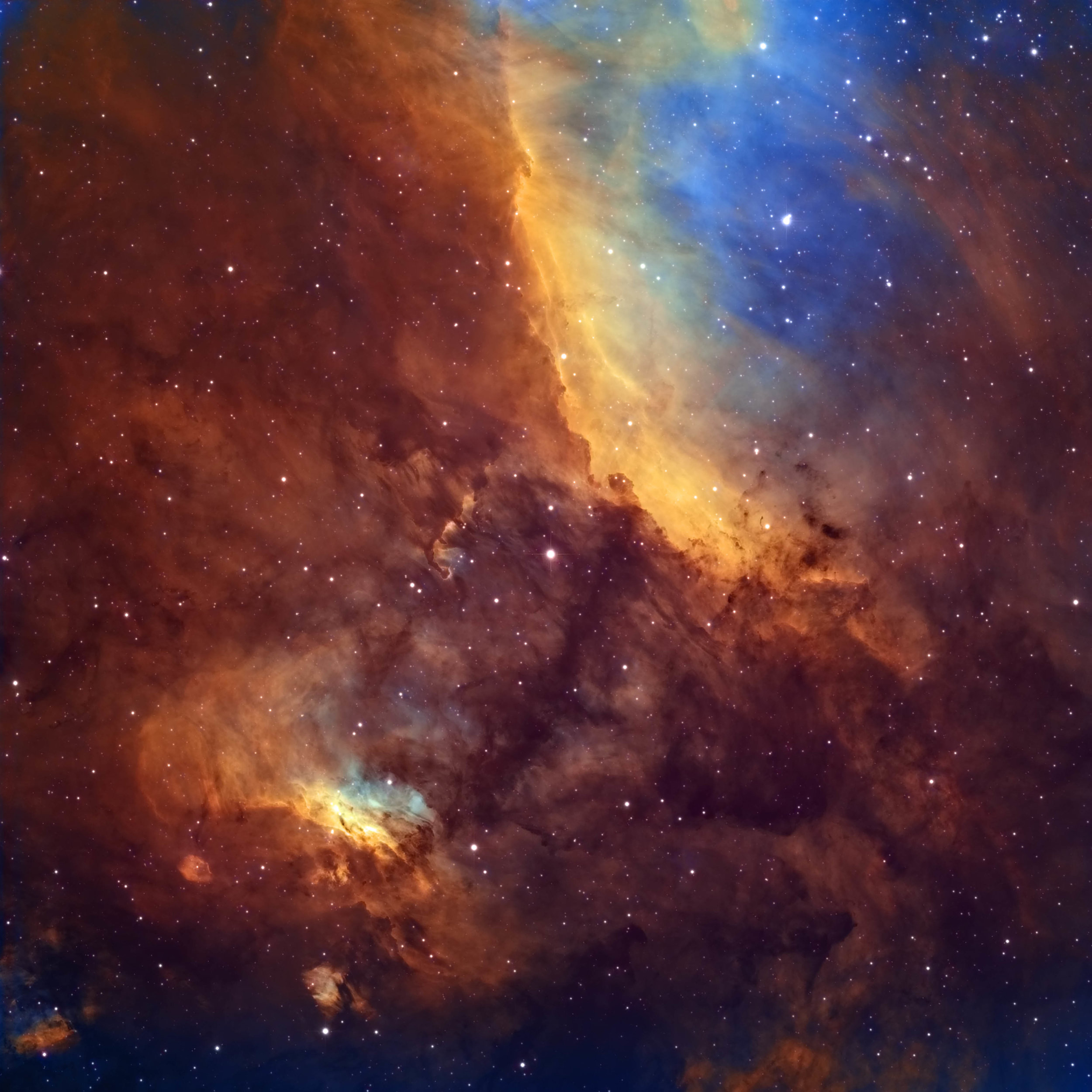Southern Hemisphere
This gallery showcases images taken from Australia in 2017-2018. In addition, after spending more than a year scouting out sites in Australia, I found a world class imaging site in Chile. Upon pooling resources with fellow astrophotographers, we were able to get an observatory built and equipment in place. This is an exciting project and the images being captured are superb. With ~320 clear nights a year there is little time wasted waiting for the next great night to photograph.


























